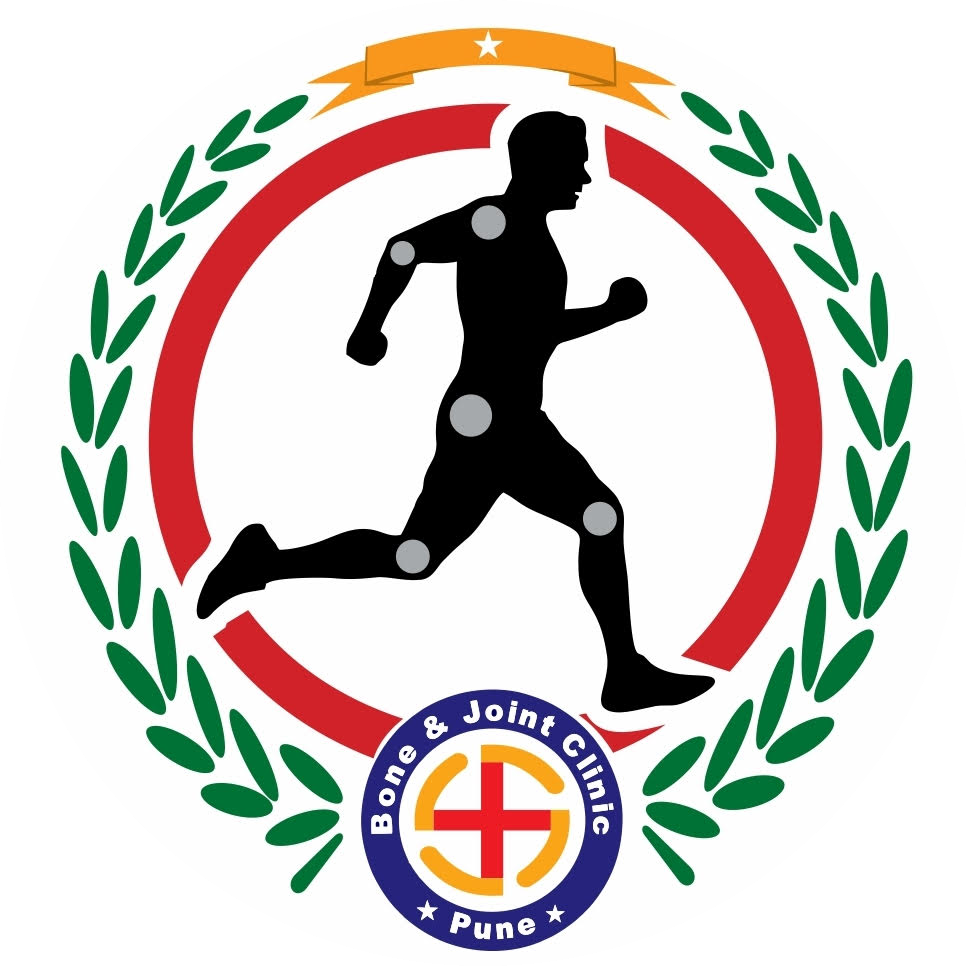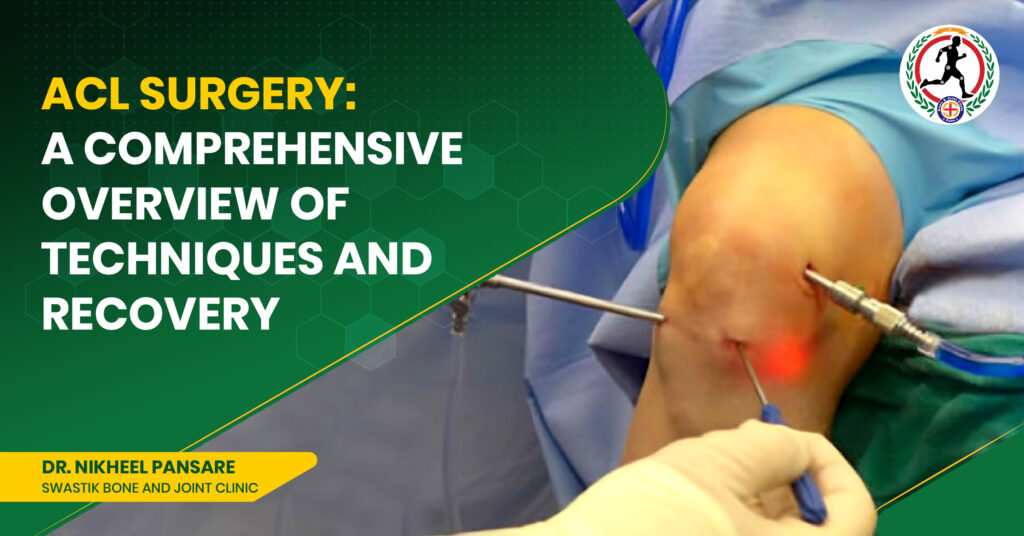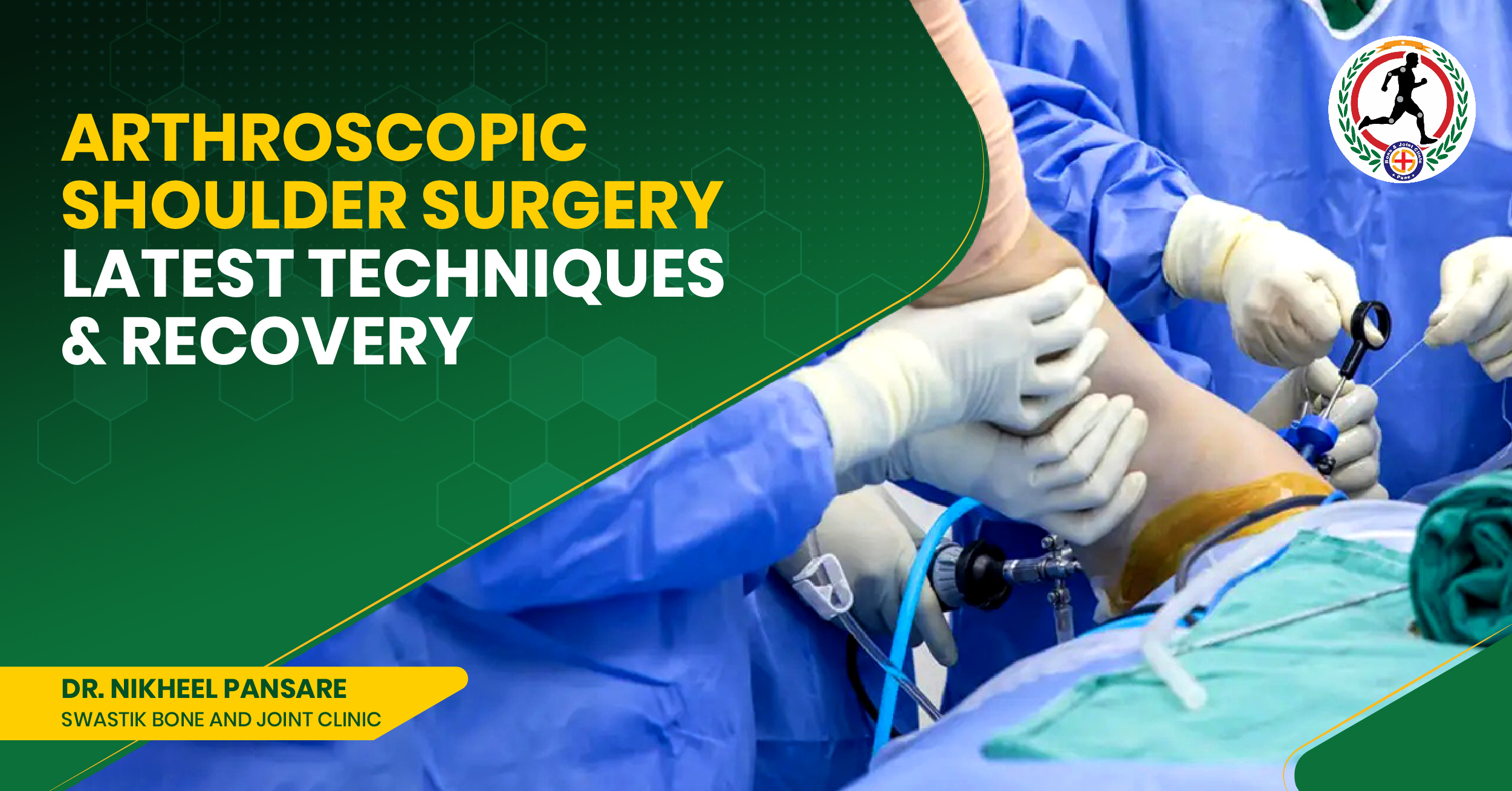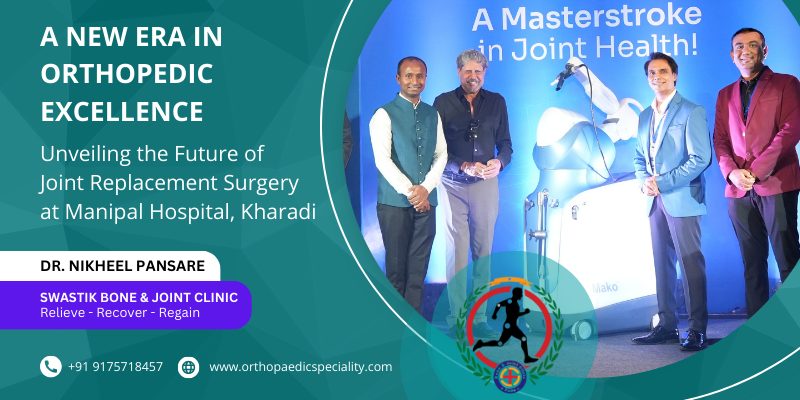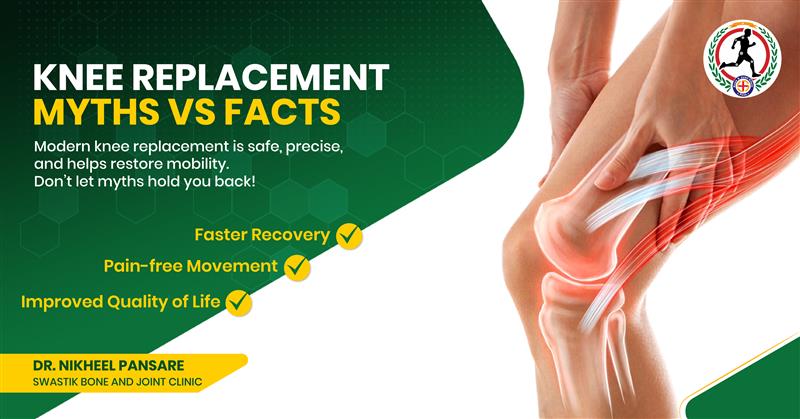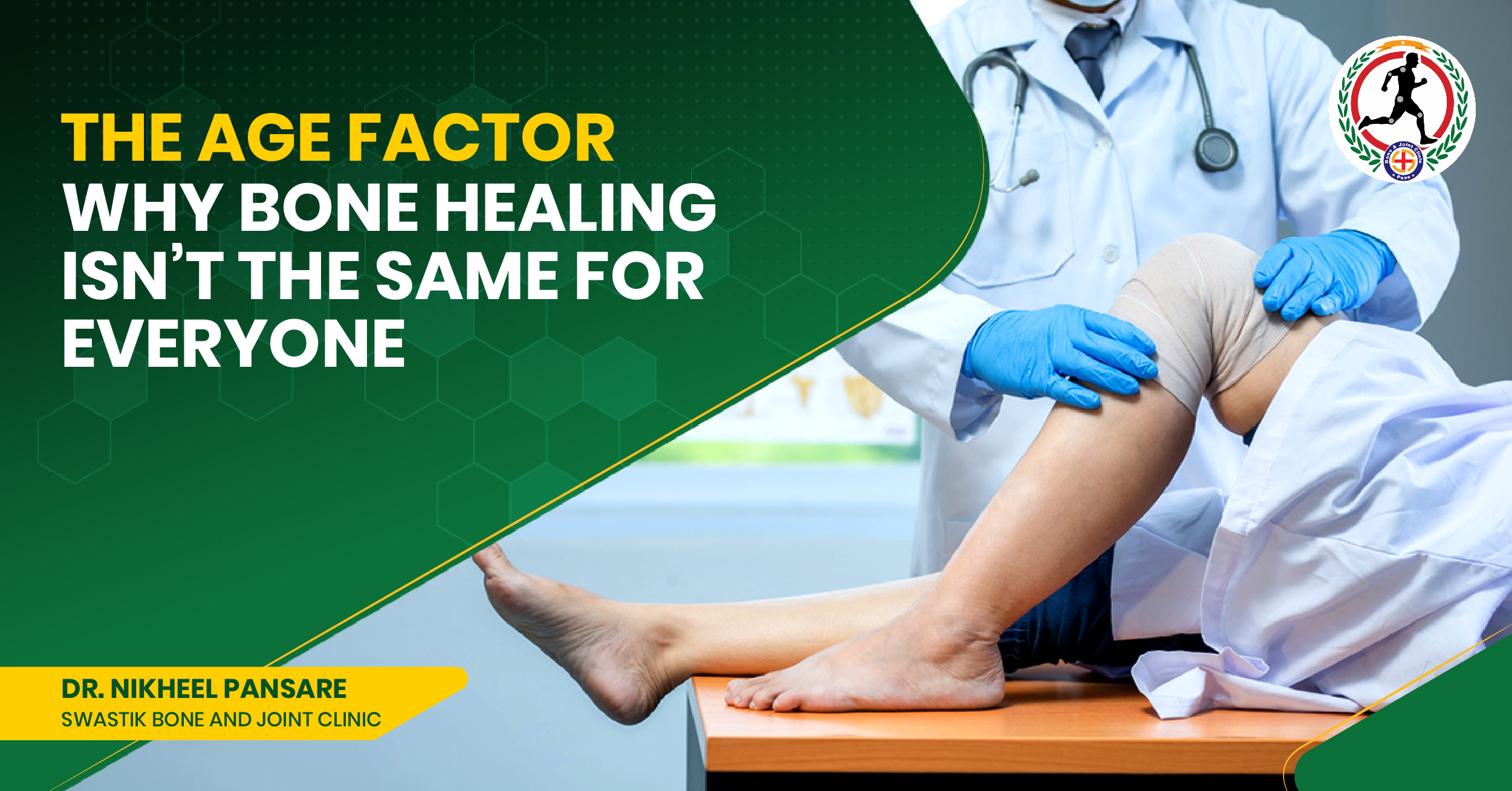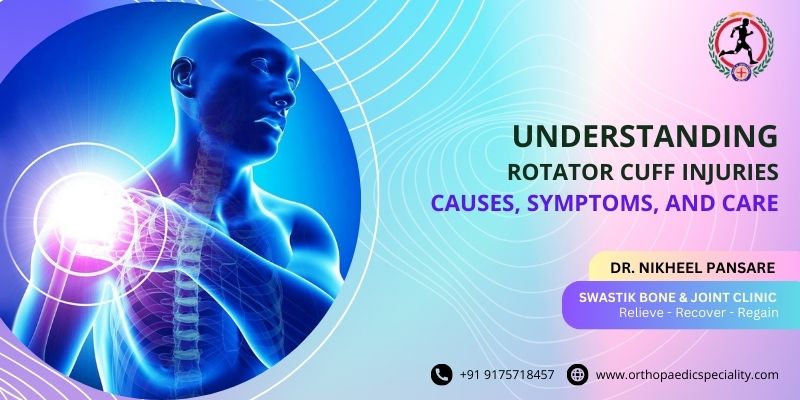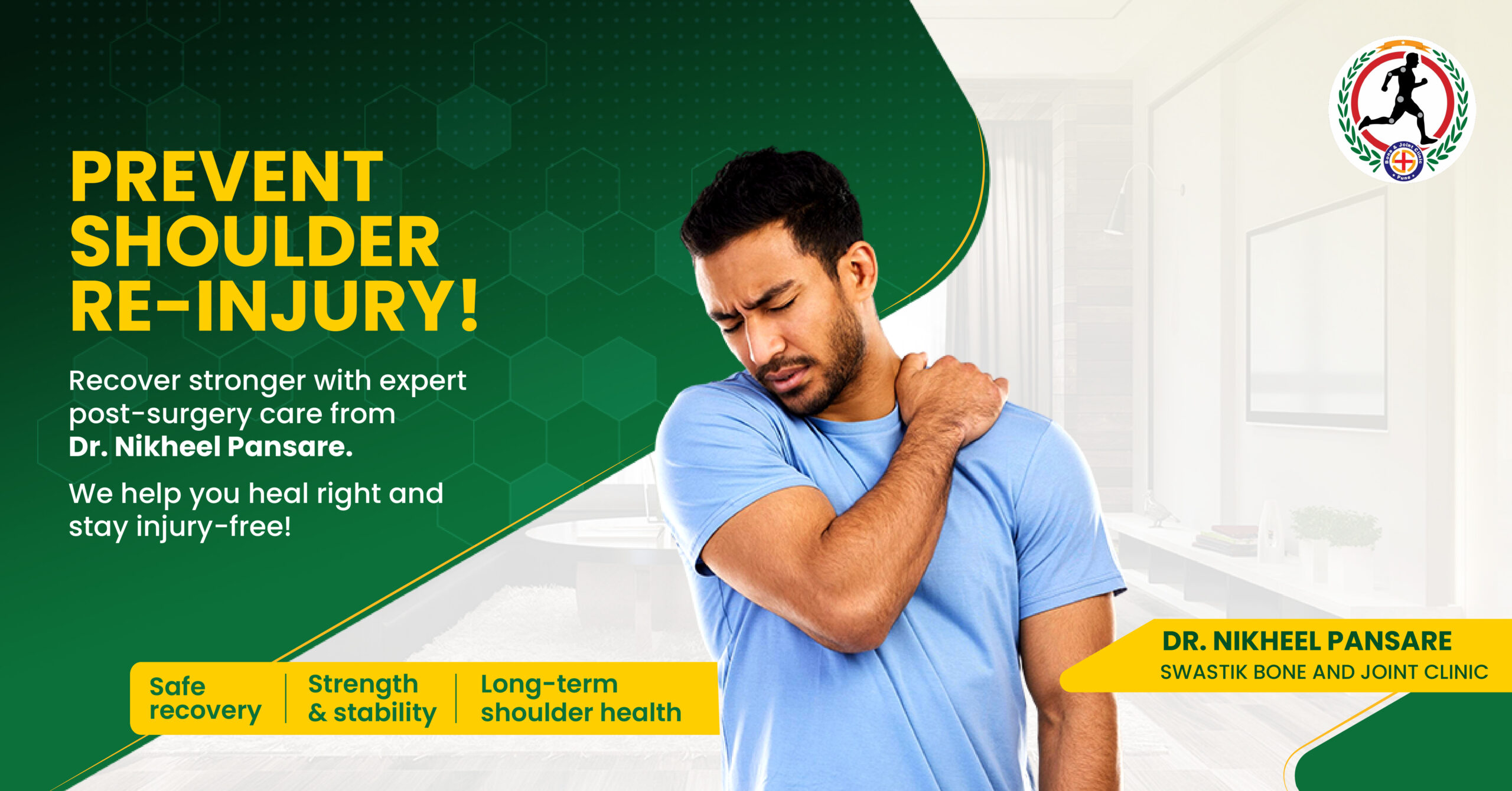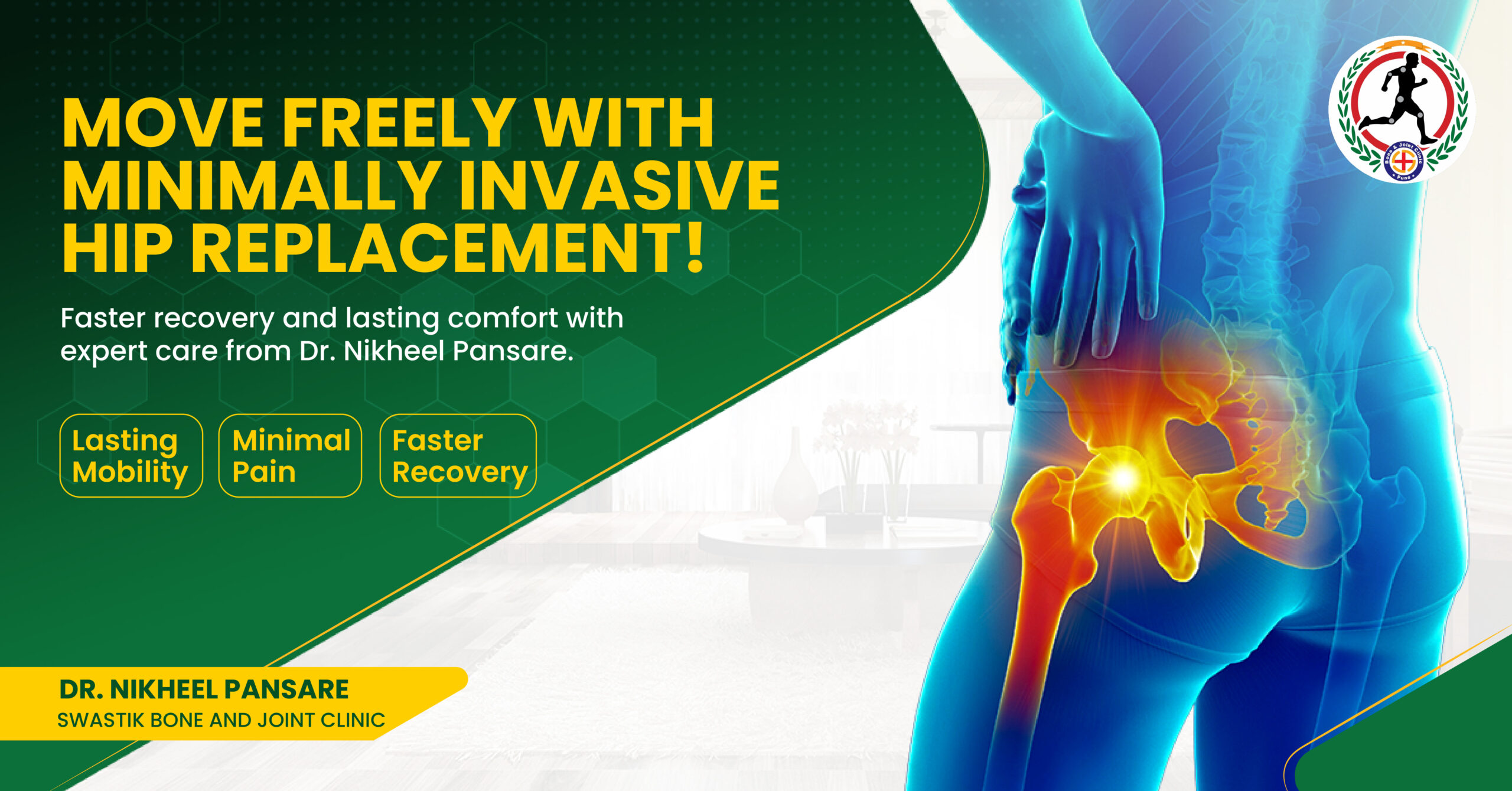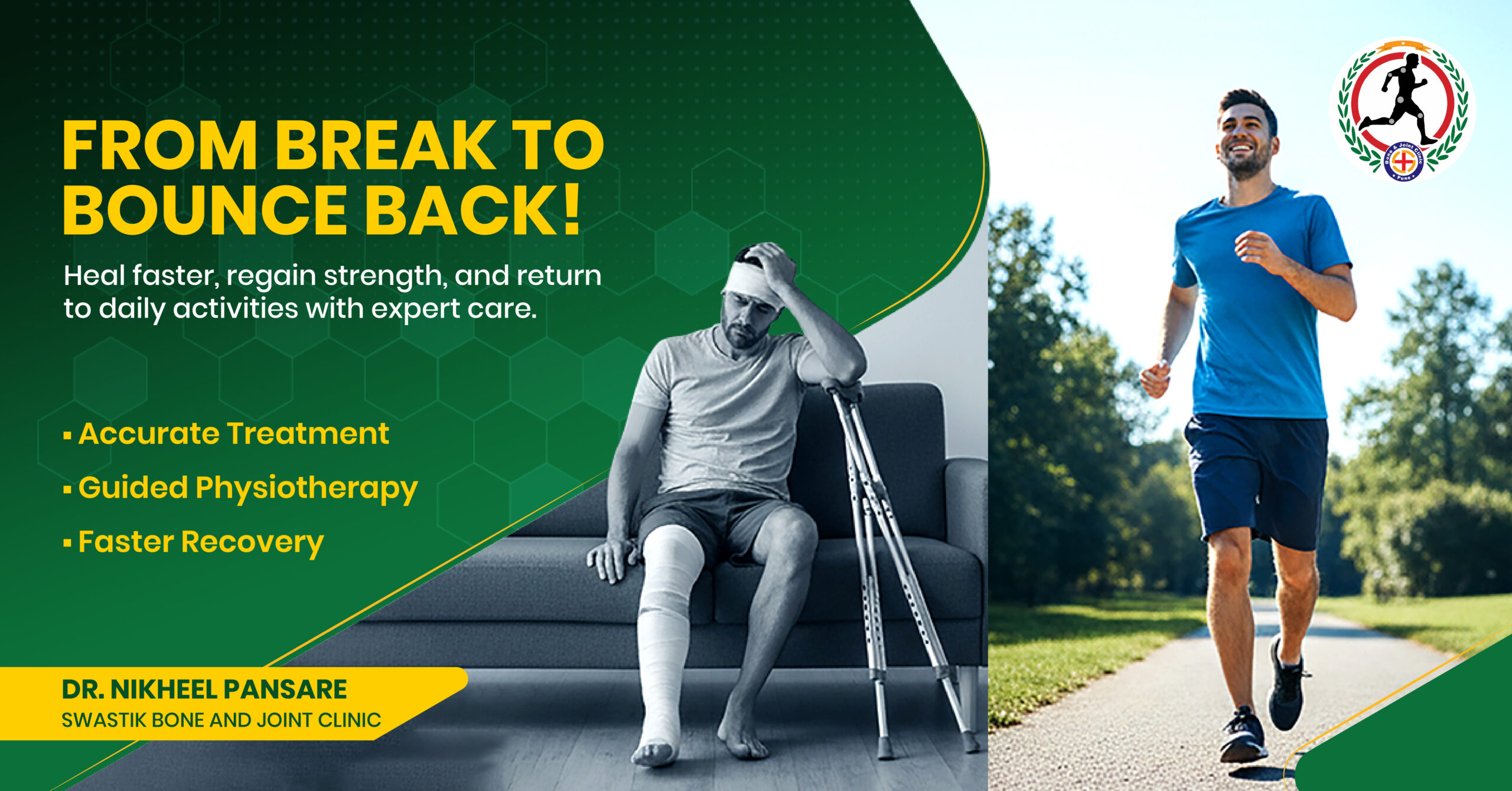At Swastik Bone & Joint Clinic in Viman Nagar, we understand the critical role that the anterior cruciate ligament (ACL) plays in stabilizing the knee. ACL injuries, especially tears, are common among athletes and active individuals. These injuries often result from sports-related accidents or sudden twisting movements, greatly affecting mobility and quality of life. When an ACL is torn, surgery is frequently recommended to restore knee stability and function. If you’re searching for the best orthopedic doctor in Kharadi and East Pune, Dr. Nikheel Pansare specializes in ACL surgery, offering expert care to help patients regain strength and return to their active lifestyles.
This blog will provide an in-depth overview of ACL surgery, including the different surgical techniques, the recovery process, and what patients can expect during each stage of rehabilitation under the guidance of the top orthopedic doctor in Kharadi & East Pune, Dr. Nikheel Pansare.
What is ACL Surgery?
Anterior cruciate ligament surgery is typically required when the ligament is fully torn and there is knee instability. The goal of the procedure is to reconstruct the torn ACL by replacing it with a tendon graft, which acts as a new ligament.
Common Causes of ACL Injuries:
- Sports Injuries: High impact sports like football, basketball, soccer, and skiing.
- Sudden Twisting Movements: A quick change in direction or pivoting.
- Trauma: Direct impact to the knee, often seen in contact sports or accidents.
Types of ACL Surgical Techniques
Almost all ACL surgeries are now performed arthroscopically, which is a minimally invasive approach. During an arthroscopic procedure, the surgeon makes small incisions (key holes) and uses a camera (arthroscope) to guide the surgical instruments. This technique reduces tissue damage, speeds up recovery, and leaves smaller scars compared to open surgery.
ACL reconstruction can be done using different surgical techniques and graft types, depending on the patient’s individual needs, surgeon preferences, and injury severity.
1. Autograft ACL Reconstruction
In this method, tissue from the patient’s own body is used to create the graft for the new ACL. The most common options for autografts are:
- Hamstring Tendon Graft: It is the most preferred graft. A portion of the hamstring tendon (from the back of the thigh) is harvested and used to replace the torn ACL. This option tends to have fewer issues with post-operative pain compared to patellar grafts.
- Patellar Tendon Graft (BTB graft): Tissue is taken from the patellar tendon (the tendon connecting the kneecap to the shinbone). This method is often preferred for athletes as it provides strong fixation. But patient may experience some front knee discomfort even after recovery with patellar tendon graft.
- Quadriceps Tendon Graft: A newer technique where the graft is taken from the quadriceps tendon (above the kneecap). This option may be used in cases of revision surgeries or when other tendons are not suitable.
- Peroneus Tendon Graft: This graft is taken from the leg with a small incision on the ankle. This graft is preferred when grafts from other sites are expected to be insufficient or in multi-ligament reconstruction surgeries.
2. Allograft ACL Reconstruction
In an allograft, tissue is taken from a donor (cadaver) rather than the patient’s own body. This option is typically used for older patients or those undergoing revision ACL surgery. Allografts eliminate the need for harvesting the patient’s own tendon, reducing operative time and post-operative pain.
However, there are some potential risks associated with allografts, such as a slower healing process and a slight risk of graft rejection or infection.
3. Double-Bundle ACL Reconstruction
This advanced technique reconstructs both the anteromedial and posterolateral bundles of the ACL. The double-bundle method may offer better rotational stability compared to traditional single-bundle reconstruction. While this procedure is not as common as single-bundle ACL reconstruction, it can be effective in restoring knee function, particularly in athletes.
4. All inside technique with or without Internal bracing
This is the latest advancement in ACL surgery where the graft is fixed from all inside technique with additional support of internal brace to protect graft in early rehabilitation period. The advantage of this technique is that it allows quicker or faster post-surgery rehabilitation programs.
Recovery After ACL Surgery
Recovery from ACL surgery is a long and structured process. It typically takes 9 to 12 months for most patients to return to high-level activities such as sports, though this timeline can vary depending on individual factors like age, fitness level, and the type of surgery performed.
1. Immediate Post-Surgery (0-2 Weeks)
Goals:
- Manage pain and swelling.
- Begin early movement and range-of-motion exercises.
- Protect the reconstructed ACL.
In the first two weeks after surgery, patients will be using crutches and may wear a knee brace to protect the knee. Swelling and pain are common during this phase, but they can be managed with ice, elevation, and prescribed pain medications.
Key Focus Areas:
- Rest and Protection: Avoid putting weight on the knee. Use crutches as instructed.
- Ice and Elevation: Apply ice packs regularly and keep the knee elevated to reduce swelling.
- Early Motion: Begin gentle range-of-motion exercises to prevent stiffness, such as passive knee extensions.
2. Early Rehabilitation (2-6 Weeks)
Goals:
- Gradually restore knee range of motion.
- Start weight-bearing as tolerated.
- Begin strengthening exercises.
During this phase, patients will gradually begin putting weight on the leg and transitioning away from crutches. Physical therapy becomes crucial as you work on improving knee flexibility and initiating light strengthening exercises for the quadriceps and hamstrings.
Key Focus Areas:
- Range-of-Motion Exercises: Work on achieving full knee extension and gradually increasing flexion.
- Quadriceps Activation: Perform isometric exercises to engage the quadriceps, such as quad sets and straight leg raises.
- Partial Weight-Bearing: Gradually increase weight-bearing activities with the guidance of your physical therapist.
3. Strengthening Phase (6-12 Weeks)
Goals:
- Improve strength and stability.
- Increase functional movements.
- Begin more challenging physical therapy exercises.
By this point, patients should have regained a significant portion of their range of motion. The focus of rehabilitation shifts towards strengthening the muscles around the knee and improving balance and coordination. This phase is crucial for building knee stability and preparing for more dynamic movements.
Key Focus Areas:
- Strength Training: Begin exercises like mini squats, leg presses, and step-ups to strengthen the quadriceps, hamstrings, and glutes.
- Balance and Proprioception: Work on balance exercises to improve stability, such as single-leg stands or balance board exercises.
- Functional Movements: Start practicing more functional movements, such as walking and climbing stairs.
4. Advanced Strengthening and Agility (3-6 Months)
Goals:
- Regain full strength and endurance.
- Prepare for return to physical activities.
- Introduce sport-specific movements.
During this phase, you will begin more advanced exercises that simulate daily activities or sports movements. Building strength and endurance in the knee is key to preventing future injuries. You’ll also work on agility drills to improve coordination and response times.
Key Focus Areas:
- Plyometric Exercises: Perform jumping and landing exercises to improve dynamic knee stability.
- Agility Training: Incorporate lateral movements, agility drills, and direction changes to simulate sports activities.
- Sport-Specific Drills: If you’re an athlete, start practicing drills related to your sport under the supervision of your therapist.
5. Return to Sports or High-Impact Activities (6-12 Months)
Goals:
- Achieve full knee function.
- Return to sports or demanding physical activities.
- Continue strengthening to prevent re-injury.
For athletes, this phase is crucial as it marks the transition back to full activity. Your physical therapist will guide you through functional tests to determine if your knee is ready for sports. It’s important to avoid rushing back into high-impact activities before the knee is fully prepared.
Key Focus Areas:
- Functional Testing: Your therapist may perform tests such as single-leg hops or agility drills to assess readiness for sports.
- Progressive Training: Gradually increase the intensity of your training and ensure proper technique to prevent re-injury.
- Maintenance Exercises: Continue with strength and stability exercises to support long-term knee health.
Potential Risks and Complications
Although ACL surgery is generally safe, there are potential risks, including:
- Infection.
- Graft Failure.
- Knee Stiffness or Loss of Motion.
- Blood Clots.
By following your surgeon’s and physical therapist’s guidance closely, you can minimize these risks and ensure a successful recovery.
Conclusion: What to Expect from ACL Surgery and Recovery
ACL surgery offers the opportunity to restore knee function and stability, particularly for active individuals. While recovery is a long process that requires dedication and commitment, the combination of modern surgical techniques and structured rehabilitation can help most patients regain their pre-injury activity levels.
At Swastik Bone & Joint Clinic, Dr. Nikheel Pansare, the best orthopedic doctor in Kharadi and East Pune, offers expert ACL surgery and post-operative care tailored to your needs. If you’ve experienced an ACL injury and are considering surgery, book an appointment today for a consultation with an orthopedic doctor in Kharadi & East Pune.
